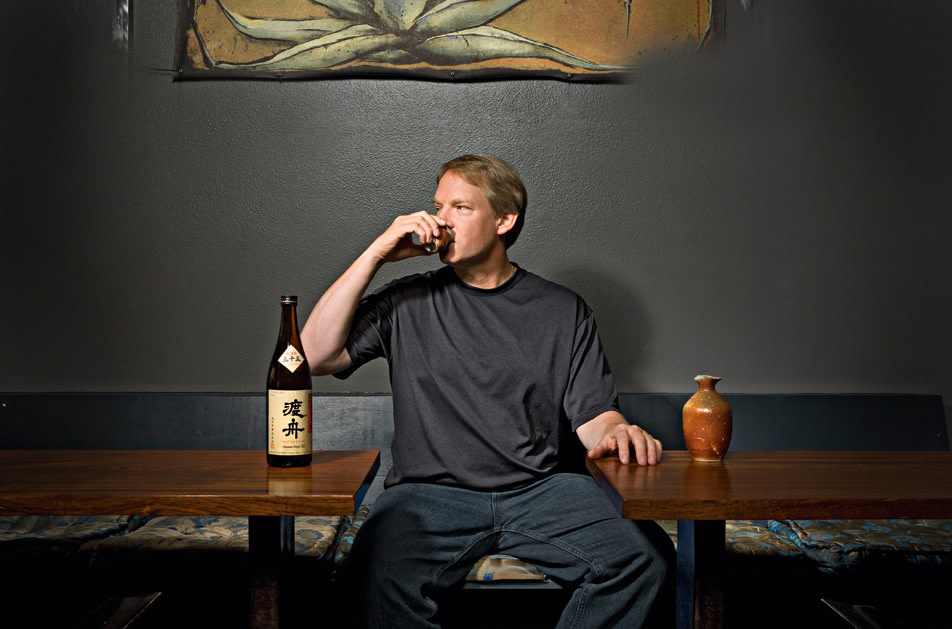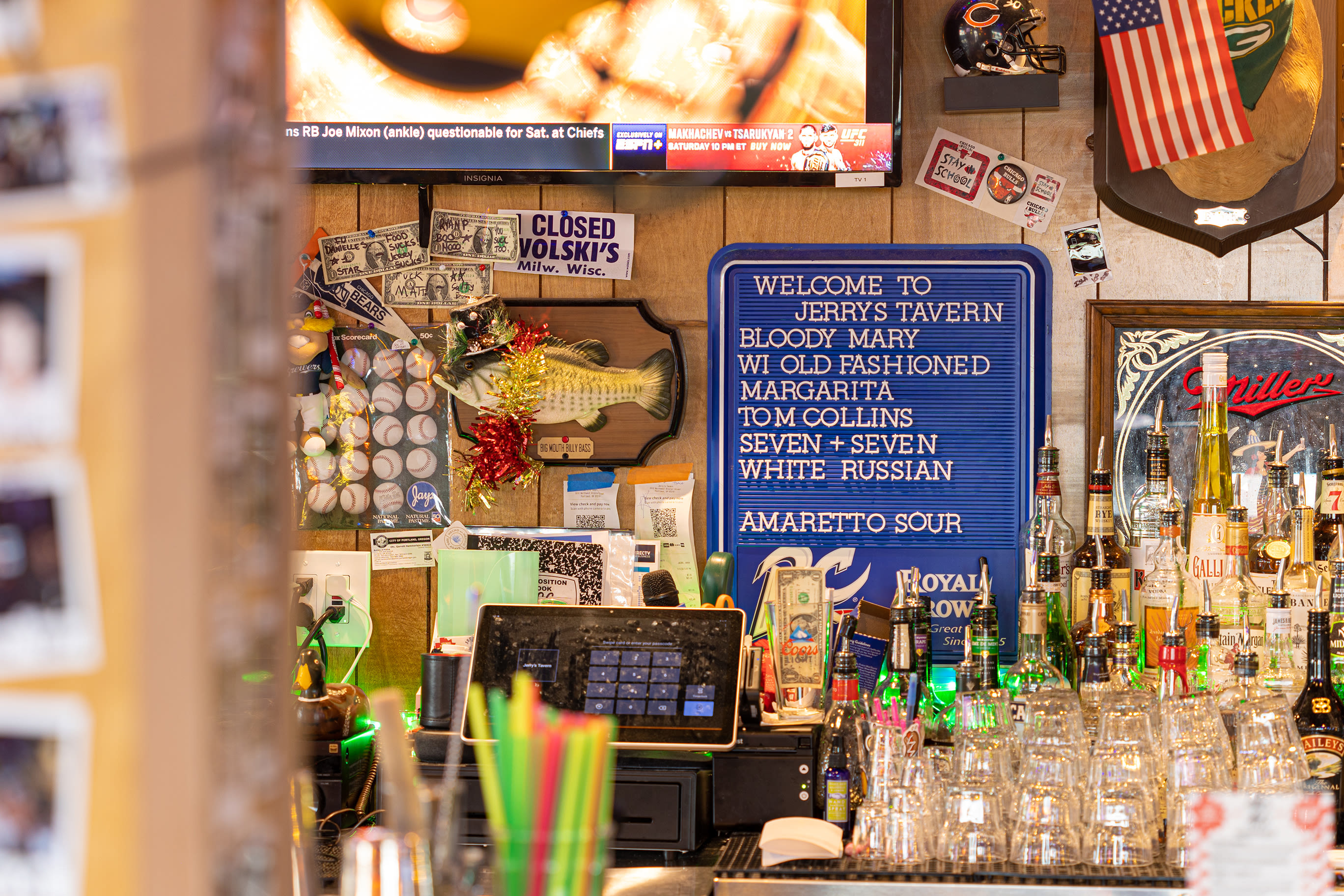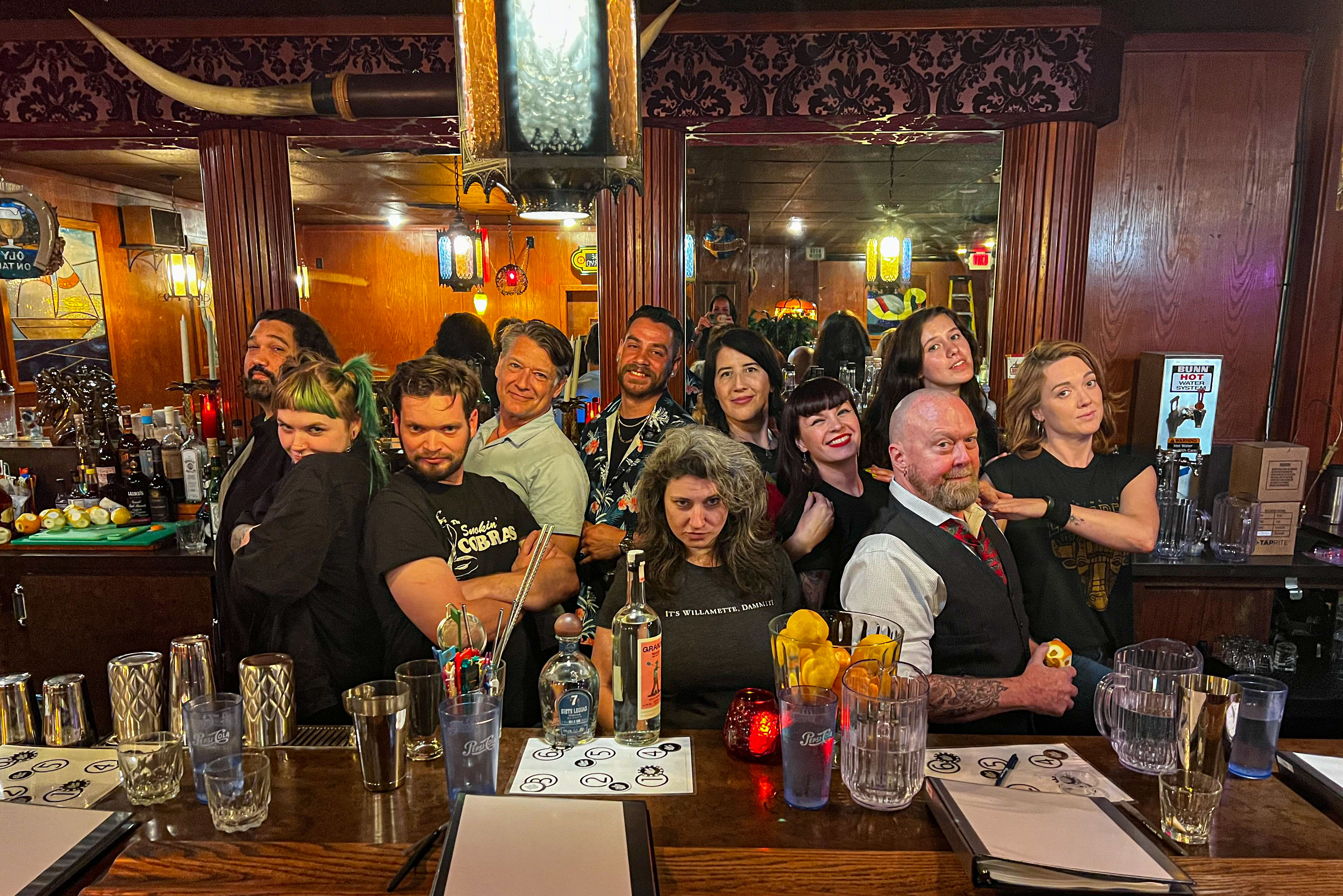Taste Maker

WHEN IT COMES to sake, Marcus Pakiser goes with the grain—but not just any old grain. Lately the 46-year-old sake sommelier (yes, there is such a thing) is obsessed with watari bune, a rare strain of Japanese wild rice used to brew what he believes is the cleanest, smoothest, finest sake on the market today.
“It drinks like a really nice wine,” Pakiser tells me as we sip a few varieties at Saucebox one night. “It’s got a long, lingering finish, and the flavors just keep coming and coming.”
In 2006, Young’s Columbia Wine Company, the state’s largest alcohol distributor, hired Pakiser as its first-ever sake manager. Because of his efforts, Oregon receives more watari bune than the other 49 states combined—about 400 cases a year, most of which find their way to Portland. It’s all part of his master plan to get high-end rice wines, including watari bune, onto every menu in town.
So far, he’s brought premium sakes to more than a hundred bars, restaurants, and retail outlets throughout the city, such as Biwa, Park Kitchen, and Fubonn Market. But what he’s really thrilled about is the popularity of watari bune. A third of Pakiser’s clients now feature the sake on their menus. Not bad, considering no one had heard of the stuff until recently.
In 1989 a Japanese rice farmer in the small town of Ishioka, located an hour north of Tokyo in the Ibaraki prefecture, rescued the heirloom watari bune strain from near extinction. The late-harvest crop is difficult to grow—it’s highly susceptible to typhoons and insect attacks—so farmers stayed away from it. But careful cultivation yields a starch-heavy grain, plumper and weightier than most sake rice. Last winter, Japan’s sole producer of watari bune, the Huchu Homare Brewery, hosted Pakiser to sample its wonder brew.
Of their three varieties, Watari Bune Junmai Ginjo “55” is the easiest to find. At about $40 a bottle, it’s faintly sweet and redolent of honeydew, yet smooth. Harder to track down is Watari Bune Namazake ($35), an unpasteurized sake that displays hints of summer fruit and tingles ever so slightly on the tongue.
The Rolls-Royce of the bunch is the Watari Bune Junmai Daiginjo ($100 a bottle). Daiginjo refers to the high polish of the rice used (65 percent of the grain is milled away before fermentation, leaving only the fleshy inner part). Cool, clear, complex—it cries out for a bowl of almonds or a plate of grilled salmon.
Beside me, Pakiser takes a thoughtful sip: “It wasn’t that long ago that people’s idea of sake was that hot jet fuel served in small white carafes. How things have changed.”




